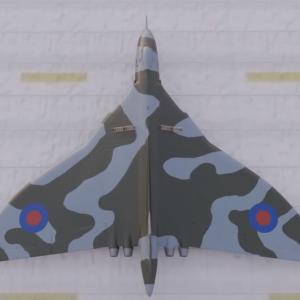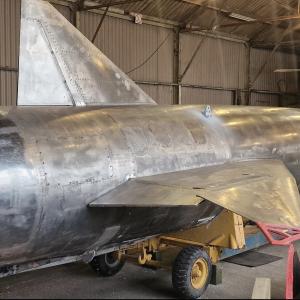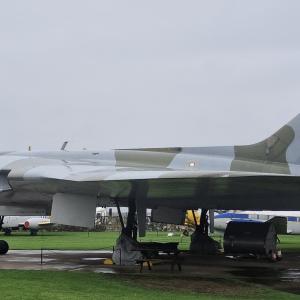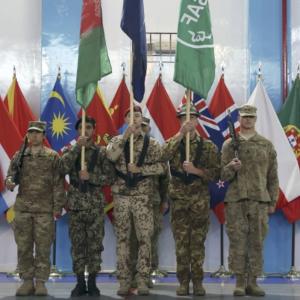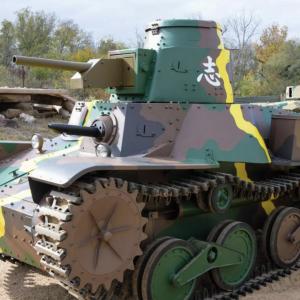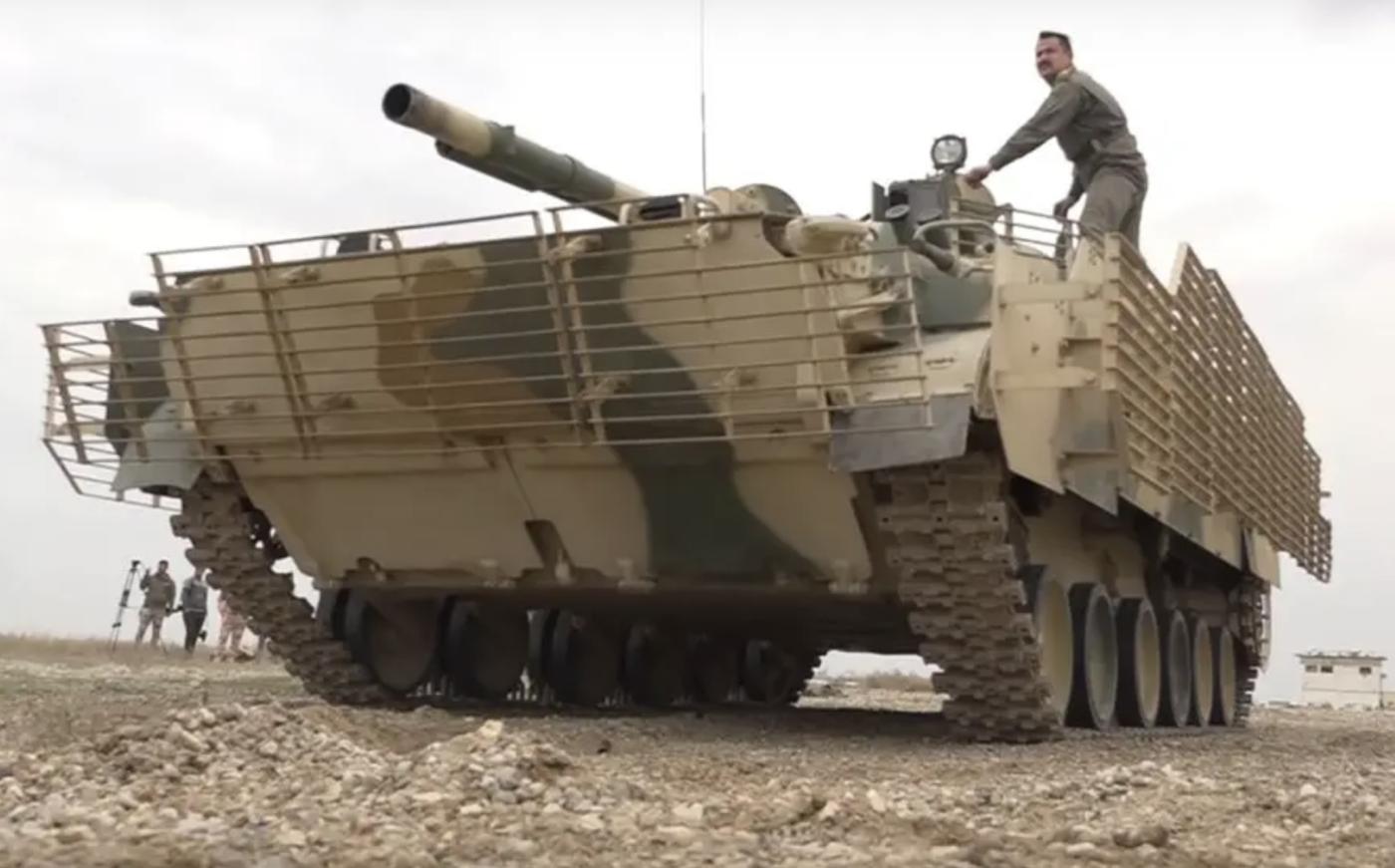
Iraqi BMP-2
The BMP-2 infantry fighting vehicle, a Soviet-designed armored combat vehicle, played a significant role in the Iraqi invasion of Kuwait in 1990. Developed by the Soviet Union in the late 1970s as an upgrade to the earlier BMP-1, the BMP-2 was intended to address the shortcomings of its predecessor, particularly in terms of firepower and survivability. It was designed by the Kurganmashzavod Design Bureau and manufactured at the Kurgan Machine-Building Plant in Russia. The vehicle features a low profile, all-welded steel armor construction, and is amphibious without preparation, capable of swimming across rivers and canals. Its primary armament includes a 30mm 2A42 autocannon, a 7.62mm PKT coaxial machine gun, and an anti-tank guided missile launcher, typically fitted with the 9M113 Konkurs or earlier 9M111 Fagot missiles. These features made the BMP-2 a versatile and mobile infantry support platform, capable of transporting troops while delivering direct and anti-armor firepower.
By the time of the Kuwait invasion in August 1990, Iraq had amassed a substantial number of BMP-2s, acquired primarily from the Soviet Union during the 1980s as part of a broader military expansion. The BMP-2s were assigned to the Republican Guard as well as regular mechanized infantry divisions. During the initial stages of the invasion, BMP-2s were employed in combined arms operations alongside Iraqi T-55, T-62, and T-72 tanks, forming spearheads of rapidly advancing armored columns. The Iraqi strategy relied heavily on speed and shock to overwhelm the Kuwaiti armed forces before they could organize a coherent defense. In this context, the BMP-2s served as the main transport and fire support vehicles for mechanized infantry, allowing them to advance alongside tanks, dismount quickly, and engage in urban or close-range combat when needed.
The terrain of Kuwait—flat, open desert with minimal natural obstacles—was well-suited to the BMP-2’s mobility and design. Its ability to keep pace with tanks and cross shallow water obstacles made it ideal for the swift offensive operations Iraq conducted. As Iraqi forces pushed south into Kuwait City and beyond, BMP-2s were observed in frontline assaults as well as in securing urban areas and key infrastructure. The vehicle’s 30mm cannon was effective against lightly armored vehicles and defensive positions, while the ATGM launcher provided limited anti-tank capability against any Kuwaiti armored counterattacks. However, during the invasion itself, Iraqi forces encountered relatively little resistance, as the Kuwaiti military was both outnumbered and unprepared for a full-scale assault.
The operational effectiveness of the BMP-2 during this period was generally in line with Iraqi expectations. It allowed mechanized infantry to quickly reach objectives and secure terrain in coordination with tank units. Nonetheless, the limitations of the BMP-2 began to emerge more clearly during the later stages of the conflict, particularly when coalition forces launched Operation Desert Storm in January 1991. The vehicle’s armor, although adequate against small arms and shell fragments, was insufficient to protect against anti-tank missiles, heavy artillery, or air-delivered ordnance. As the coalition achieved air superiority and launched devastating precision strikes on Iraqi positions, BMP-2s became highly vulnerable targets on open ground. Many were destroyed in air raids or tank engagements, especially during the famous "Highway of Death" incident and the battles of Khafji and 73 Easting.
Despite these vulnerabilities, Iraqi BMP-2 crews continued to operate in defensive roles, attempting to slow the coalition advance and protect retreating units. In some cases, the vehicles were used in urban defense, where their compact size and firepower made them more useful in close quarters. However, against the technologically superior and better-coordinated forces of the U.S.-led coalition, the BMP-2’s shortcomings were starkly revealed. The vehicle lacked night vision capabilities on par with Western systems, had limited thermal imaging, and its aging ATGMs were ineffective against modern Western tanks like the M1 Abrams or Challenger 1.

